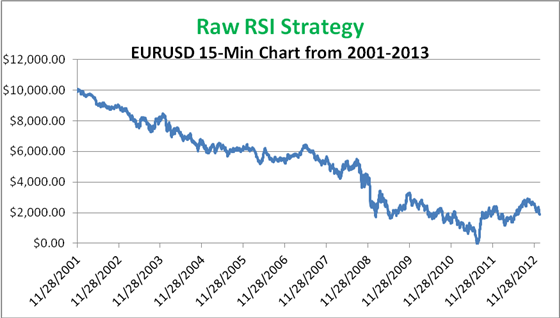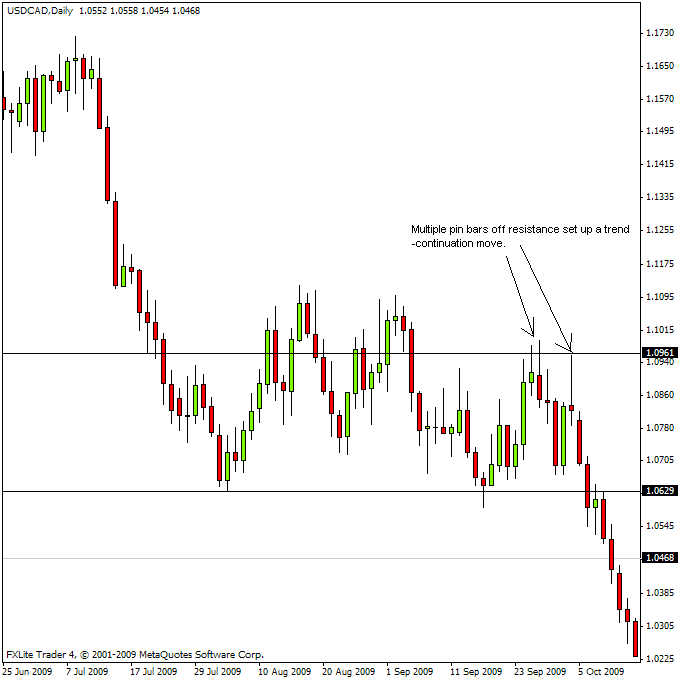Is Range Trading in Forex a Good Strategy
Post on: 17 Май, 2015 No Comment

Do you trade ranges in forex? Or are you a trend-trading aficionado?
Do you know the difference?
If not, don’t worry – many traders don’t. And traders who are aware of the different concepts largely are not aware that you can pull off trend trading and range trading in foreign currency exchange (forex) just as you can stocks.
Trend and range trading are largely opposite of each other, although they do have certain qualities in common. Both reflect patterns in price and rely on technical analysis, but they differ significantly on how and why these patterns are created.
In this article, we’ll look at range trading and see how this particular trading discipline works – and how you can possibly take advantage of it.
What is a Range?
As I mentioned above, a range, just like a trend, is a pattern of price moving. Put more accurately, it is an indication of expected price movement based off previous price movements .
A range is a set of prices marked by a low price and a high price. The currency pair then trades within that range, based on the theory that no matter how high or low a currency gets (barring the country imploding and the currency disappearing), its value will eventually correct itself and return to a previous price level. This fluctuation will not just happen once, but many, many times – and the range trader is positioned to profit as many times as possible.
It’s like a river. A river flows between its banks in a channel. The river can dry up in a drought, or can overflow the banks during a flood. For the most part, though, it’ll flow along its channel.
A base currency (the currency to the left in a currency pair quote; the other is called the quote currency ) tends to act the same. Range traders look for those ranges, or channels, that can help define what the currency is expected to do in the near future. If you know these boundaries, you can profit by buying at the bottom of the range and waiting until the currency moves up in the range to a higher point. You can also wait to buy at the top of a range until the currency retreats in relative value.
This is in contrast to a trend, which is a significant and prolonged price movement in one direction. Trends can be hard to spot, much less follow with confidence, for most traders; ranges, on the other hand, can be easier to trade.
Range Trading Strategies
How do you identify ranges – and what do you do when you find one?
One strategy is to identify currencies that are prone to trading in ranges. These are called range-bound currency pairs . and can be a good way to learn range trading. Probably the most popular range-bound currency pair is EUR/CHF, or, euros versus Swiss francs. These don’t deviate too drastically from each other because the Swiss economy is closely connected to the greater European economy. So, the pair tends to trade within an observable range.

For the same reason, EUR/GBP is another range-bound currency pair. CHF/JPY is yet another.
You can also employ certain features of a range called pivot points . Pivot points are connected to price resistance and price support levels and can be calculated for a currency pair given certain pieces of information. The standard formula people use to calculate pivot points is to take the average of the high, low, and closing prices of the previous trading day. Add the high price to the low price and the closing price and divide by three.
To find your first support level, or S1, multiply your pivot point by 2 and subtract yesterday’s high price. To find your first resistance level, or R1, multiply your pivot point by 2 and subtract yesterday’s low price. The pivot point gives you a frame of reference for what the price could do tomorrow; your support levels approximate the rough bottom of your range. Your resistance levels approximate the rough top of your range.
These days, you don’t have to scratch out pivot point and S1/R1 levels by hand. There are plenty of online calculators to do the job for you, and most trading software has these features incorporated into them. Basically, you can use pivot points and support/resistance levels to help identify your range.
Finally, you can use a moving average convergence/divergence (MACD) indicator to help you identify momentum in the market and clarify your range-trading decisions. Generally speaking, when the market is trending, it typically isn’t trading in a range – and vice-versa. So, if you can identify a trend, you can learn when you shouldn’t try trading ranges.
It’s simple with a MACD: if the MACD indicator is near or at the zero line, the market isn’t in a trend (or isn’t in a recognizable one, anyway). When this happens, a currency pair may very likely be in a range.
When you identify a range, it’s as simple as buying when you believe the pair to be oversold (i.e. near the bottom of your range) and holding until the pair’s price rises above your purchase point.
Popular pages that relate to this page include:














